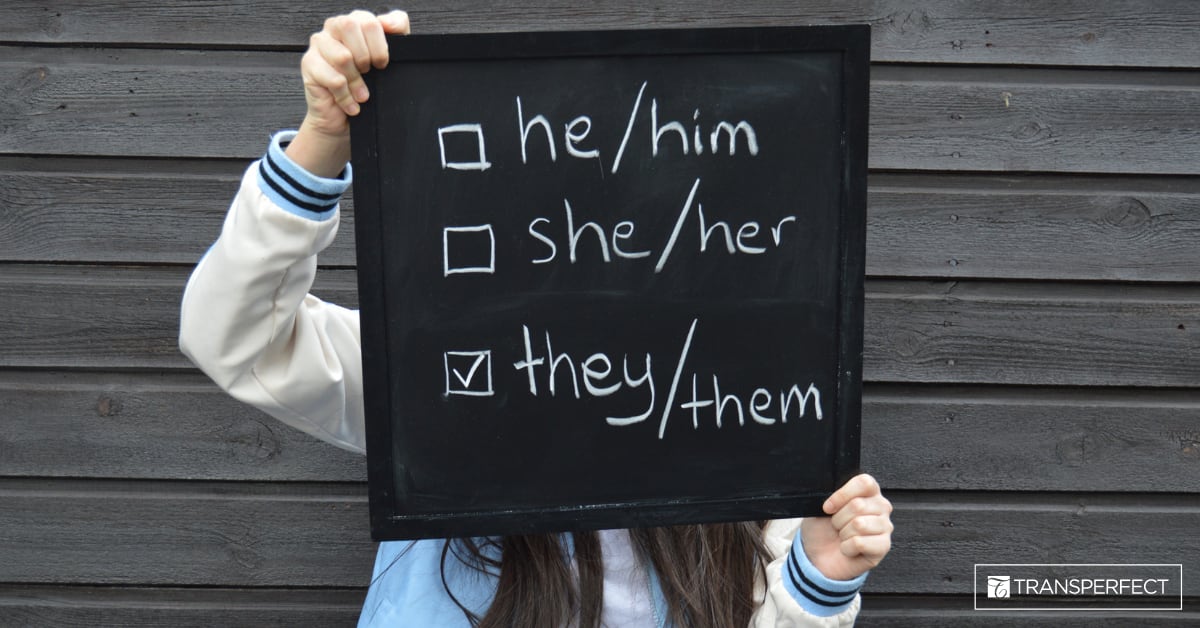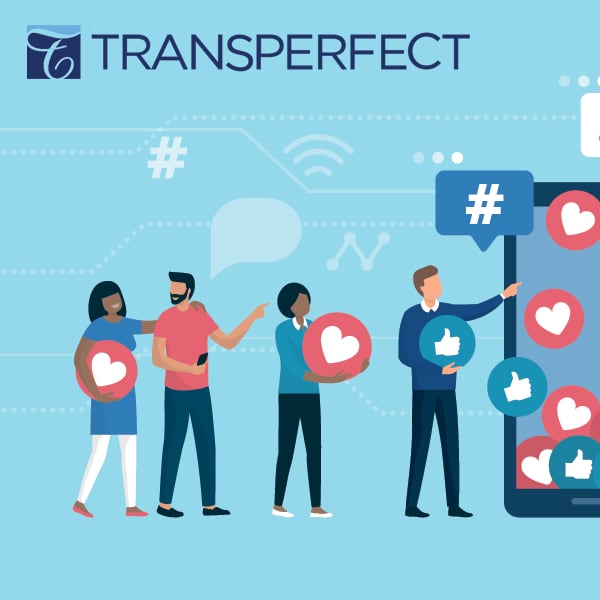How Gender Inclusion Impacts Translations


Words have the power to be a force for inclusion.
Translations allow individuals access to medical information, legal protections, entertainment, and so much more.
If our goal in translation is to include and access a wider audience, then it is critical that we think of the impact of words on the LGBTQIA+ community.
The Importance of Inclusion
So why is it important to consider gender in language?
Imagine if you were writing something for a large, diverse audience. You want to be inclusive so you can relate to everyone on some level. Take this opportunity to practice inclusion. To do that, you need to be careful and cognizant of the fact that each language utilizes gender differently.
Some languages, like English, demonstrate gender through pronouns (e.g., “he,” “she,” or “they”). Others, like Turkish, do not (e.g., “o”).
In other languages, the endings of nouns or adjectives change depending on the gender of the speaker or person being referred to. This is where challenges arise.
Addressing Groups in English
In English, when writing for an uncertain audience, it has become best practice to write “his or her” to avoid using the masculine singular so women feel included. If you think about it, you’ve most likely written something to the effect of “his or her backpack.”
However, this phrasing excludes non-binary/gender non-conforming individuals who may not use these pronouns.
Since Shakespearean times, using the singular “they” has been an appropriate alternative when the gender of the hypothetical person is unclear. In fact, most English style guides now agree that this common usage is appropriate and grammatically sound. So instead of “his or her backpack,” it’s “their backpack.”
Inclusivity in All Languages
When translating between languages, it’s important to keep the text as true to the source as is reasonable (or as is practical for a client).
For instance, when addressing a large audience in Japan, one would use a neutral greeting. Rather than using “ladies and gentlemen,” which unnecessarily genders the language, you would say “esteemed guests,” or a simple “welcome” would convey the same meaning.
This subtle change ensures all members of the audience feel included.
When translating into a language that uses gendered nouns when referring to others, like French, it is often best to depersonalize the text using collective nouns. For example, “l’employé/l'employée” becomes “le personnel.”
Inclusive Language in Healthcare
Gender inclusion is particularly critical in medical settings. A 2017 NPR poll reported that 22% of transgender Americans said they had avoided doctors or healthcare for fear of being discriminated against. In the translation industry, we must be mindful and consult with our clients to ensure the language used in informed consent forms, or clinical trial agreements, is as inclusive as possible.
For example, it may seem appropriate to use feminine endings in German when addressing participants in a clinical trial for an intrauterine device (IUD) or to use masculine ones for a testicular cancer drug, but doing so makes the assumption that none of the participants are transgender or non-binary.
Choosing Inclusion
At TransPerfect, we work to be inclusive in our translation process.
As an organization, linguist, or proofreader, you have the opportunity to question gendered assumptions in your documents and, in doing so, widen your audience in the process.
Take the opportunity to discuss inclusion with others working on your documents – it will widen your audience and give everyone a chance to take the same approach.
To learn more, work with us as a freelance linguist or reach out to us about our translations process.



